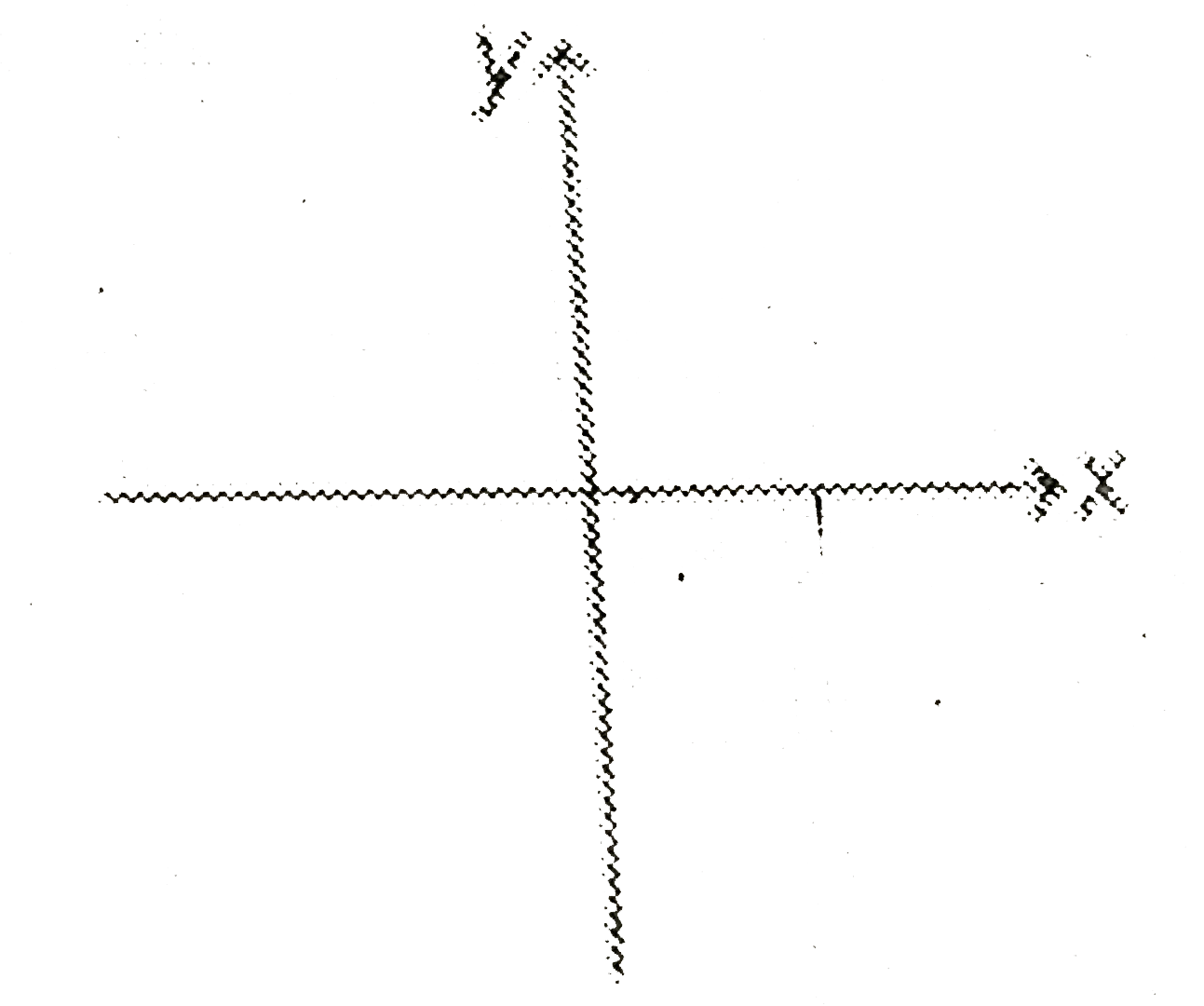The motion of a particle is given x=Asinωt+Bcosωt The motion of the particle is
A
Not simple harmonic
B
Simple harmonic with amplitude A + B
C
Simple harmonic with amplitude (A+B)2
D
Simple harmonic with amplitude √A2+B2
Video Solution
Text Solution
The correct Answer is:D
a1=A,a2=B,ϕ=90∘,aR=√A2+B2
|
Topper's Solved these Questions
- OSCILLATIONSBOOK - NARAYNACHAPTER - OSCILLATIONSEXERCISE - EXERCISE - I (H.W)
66 Videos
- OSCILLATIONSBOOK - NARAYNACHAPTER - OSCILLATIONSEXERCISE - EXERCISE - II (C.W)
27 Videos
- OSCILLATIONSBOOK - NARAYNACHAPTER - OSCILLATIONSEXERCISE - C. U . Q
75 Videos
- NEWTONS LAWS OF MOTIONBOOK - NARAYNACHAPTER - NEWTONS LAWS OF MOTIONEXERCISE - PASSAGE TYPE QUESTION
6 Videos
- PHYSICAL WORLDBOOK - NARAYNACHAPTER - PHYSICAL WORLDEXERCISE - C.U.Q
10 Videos
Similar Questions
Knowledge Check
The motion of a particle is given by x=Asinωt+Bosωt. The motion of the particle is
Anot simple harmonicBsimple harmonic with amplitude A+BCsimple harmonic with amplitude (A+B2)Dsimple harmonic with amplitude √A2+B2The motion of a particle is given by
y=asinωt+bsinωt
The motion of the particle isAnot a S.H.M.BS.H.M. with amplitude (a + b)CS.H.M. with amplitude (a+b)/2,DS.H.M with amplitude √a2+b2The motion of a particle is given by x=Asinωt+Bcosωt. The motion of the particle is
Anot simple harmonicBSHM with amplitude A+BCSHM with amplitude (A+B)/2DSHM with amplitude √(A2+B2)
The position vector of a particle is →r=acosωti+asinωtj, the velocity of the particle is
View SolutionThe position of a particle in motion is given by y=Csinωt+Dcosωtw.r.t origin. Then motion of the particle is
View SolutionThe position of a particle in motion is given by y=Csinωt+Dcosωtw.r.t origin. Then motion of the particle is
View SolutionThe displacement of a particle along the x- axis it given by x=asin2ωt The motion of the particle corresponds to
View SolutionA xandy co-ordinates of a particle are x=Asin(ωt)andy=Asin(ωt+π/2). Then, the motion of the particle is

View Solution
